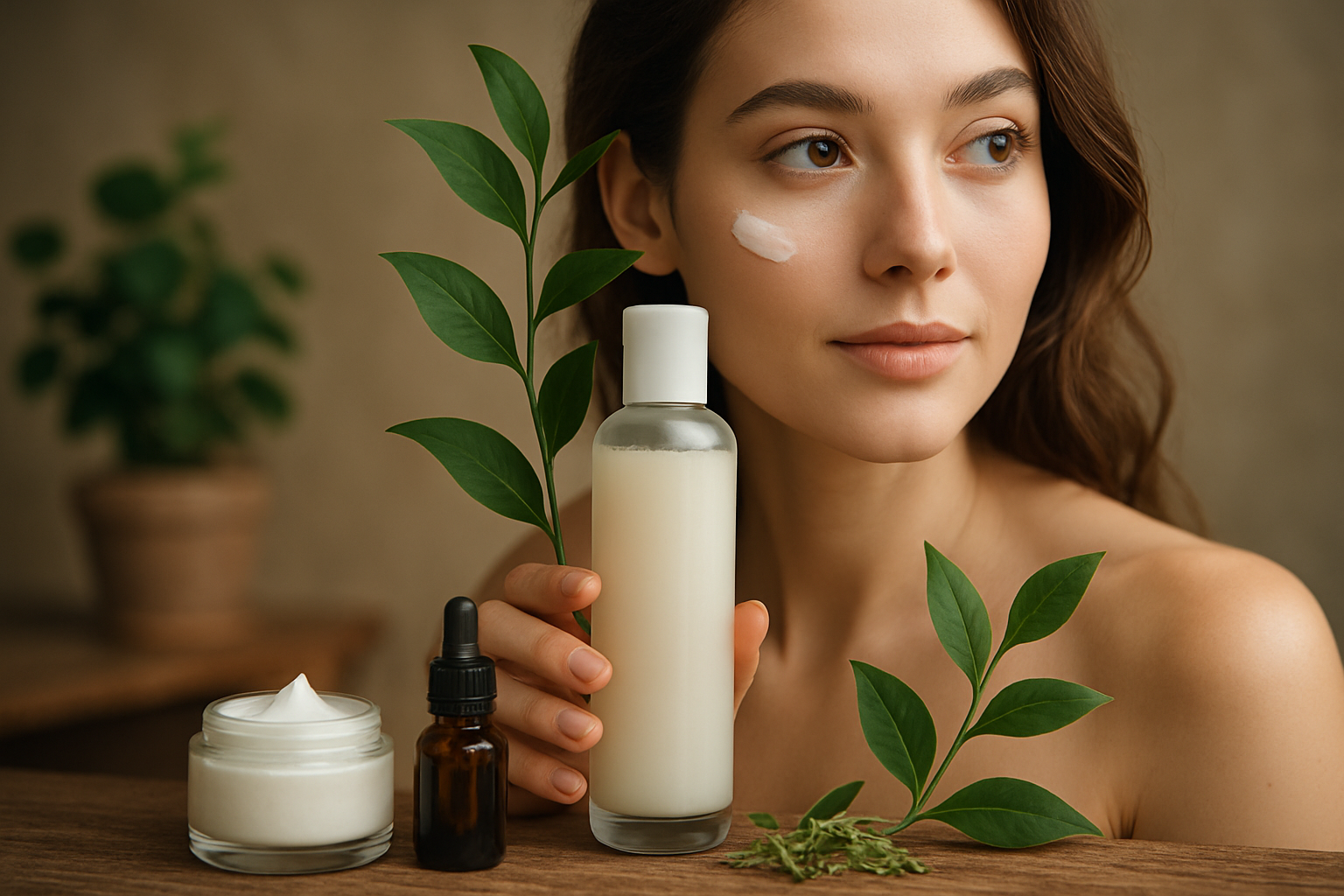Mycobeauty: Fungi's Untapped Potential in Skincare
The beauty industry is constantly evolving, always on the lookout for the next groundbreaking ingredient or revolutionary technique. In recent years, a surprising contender has emerged from the depths of nature's pharmacy: fungi. This realm of organisms, often overlooked and misunderstood, is now taking center stage in the world of skincare. Mycobeauty, the integration of mushrooms and other fungi into beauty products, is not just a passing trend but a scientifically backed approach to skin health. From ancient remedies to cutting-edge formulations, fungi are proving to be powerhouses of bioactive compounds with remarkable benefits for our skin. As we delve into this fascinating frontier of beauty, we'll explore how these humble organisms are reshaping our understanding of skincare and offering innovative solutions to age-old concerns.

However, it wasn’t until the late 20th century that Western science began to seriously investigate the potential of fungi in skincare. The discovery of cyclosporine, an immunosuppressant derived from a soil fungus, in the 1970s opened the floodgates for research into fungal bioactives. This led to a cascade of studies exploring the skin-benefiting properties of various mushroom species and their extracts.
Mycological Marvels: Key Fungi in Modern Skincare
Today, several fungi species have emerged as stars in the skincare world, each offering unique benefits:
-
Tremella fuciformis (Snow Mushroom): Often compared to hyaluronic acid, this jelly fungus can hold up to 500 times its weight in water, making it an excellent natural moisturizer.
-
Ganoderma lucidum (Reishi): Known for its adaptogenic properties, Reishi extracts are used in anti-aging formulations for their antioxidant and skin-soothing effects.
-
Cordyceps militaris: This parasitic fungus is prized for its ability to boost cellular energy, potentially improving skin cell turnover and repair.
-
Fomes officinalis (Agarikon): A rare wood-decay fungus with potent antimicrobial properties, showing promise in treating acne and other skin infections.
-
Inonotus obliquus (Chaga): Rich in melanin, this fungus is being explored for its potential in protecting skin against UV damage and hyperpigmentation.
The Science Behind Mycobeauty
The efficacy of fungi in skincare is rooted in their complex chemical compositions. Mushrooms are rich in bioactive compounds such as polysaccharides, triterpenes, and phenolics, which contribute to their various skin benefits:
-
Antioxidant Protection: Many fungi contain powerful antioxidants like ergothioneine, which help combat oxidative stress and premature aging caused by free radicals.
-
Hydration and Moisture Retention: Beta-glucans, found in abundance in many mushroom species, form a protective film on the skin, locking in moisture and improving skin barrier function.
-
Anti-inflammatory Properties: Compounds like ganoderic acids from Reishi mushrooms have shown significant anti-inflammatory effects, potentially helping with conditions like rosacea and eczema.
-
Skin Brightening: Certain fungi produce kojic acid and other tyrosinase inhibitors, which can help in reducing hyperpigmentation and evening out skin tone.
-
Microbiome Support: Some fungal extracts have been found to support a healthy skin microbiome, potentially improving overall skin health and resilience.
Innovations in Fungal Extraction and Formulation
As interest in mycobeauty grows, so does the sophistication of fungal ingredient production. Advanced extraction techniques are being developed to maximize the potency and stability of fungal bioactives:
-
Fermentation: This process can enhance the bioavailability of fungal compounds and create new, skin-beneficial metabolites.
-
Mycelia Cultivation: Growing fungal mycelia in controlled environments allows for consistent, high-quality extracts without the need for wild harvesting.
-
Liposomal Encapsulation: This technology improves the delivery and absorption of fungal extracts into the skin.
-
Biotransformation: Using enzymatic processes to convert fungal compounds into more potent or stable forms for skincare use.
These innovations are enabling the creation of more effective, targeted fungal-based skincare products, from serums and moisturizers to masks and toners.
Sustainability and Ethical Considerations
One of the most compelling aspects of mycobeauty is its potential for sustainability. Fungi are nature’s recyclers, capable of growing on various substrates, including agricultural waste. This makes fungal cultivation for skincare ingredients a potentially eco-friendly alternative to traditional plant-based or synthetic ingredients.
Moreover, many fungi can be grown in controlled environments, reducing the need for pesticides and minimizing water usage. Some companies are even exploring the use of mushroom packaging to create a truly circular economy in beauty product production.
However, as with any emerging trend, there are ethical considerations to address:
-
Overharvesting: For rare or slow-growing species like Chaga, there’s a risk of unsustainable wild harvesting.
-
Biopiracy: As traditional knowledge about medicinal mushrooms gains commercial value, it’s crucial to ensure fair compensation and recognition for indigenous communities.
-
Safety and Regulation: With the rapid introduction of new fungal ingredients, thorough safety testing and appropriate regulation are essential to protect consumers.
The Future of Mycobeauty
As research into fungal bioactives continues to expand, we can expect to see even more innovative applications in skincare:
-
Personalized Mycobiome Products: Just as we’ve seen with gut microbiome analysis, future skincare might involve mapping an individual’s skin mycobiome to create tailored fungal-based products.
-
Fungal Bioengineering: Advanced biotechnology could allow for the creation of designer fungi that produce specific skin-benefiting compounds.
-
Whole Mushroom Products: Moving beyond extracts, some brands are exploring the use of whole mushroom powders in skincare for a more holistic approach.
-
Fungal Probiotics: Live beneficial fungi could be incorporated into skincare products to support skin health from the outside in.
As we stand on the brink of this mycological revolution in beauty, it’s clear that fungi have much more to offer than we ever imagined. From ancient wisdom to cutting-edge science, mycobeauty represents a fascinating convergence of tradition and innovation. As consumers become more educated about the potential of these remarkable organisms, we can expect to see fungi taking a central role in the future of skincare, offering sustainable, effective solutions for a wide range of skin concerns. The world of mycobeauty is just beginning to unfold, promising a future where the power of the fungal kingdom is harnessed to help us achieve our most radiant, healthy skin.





